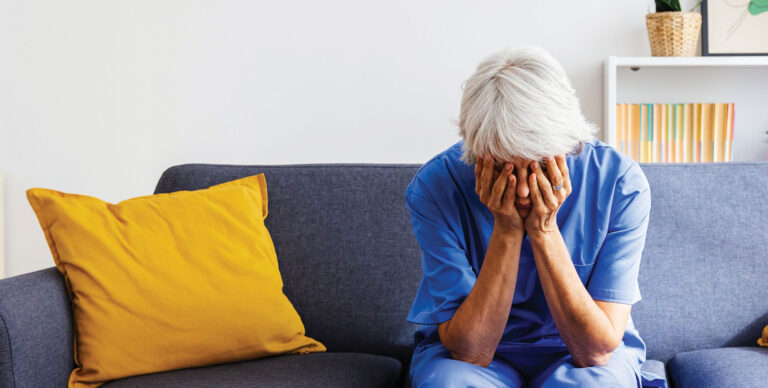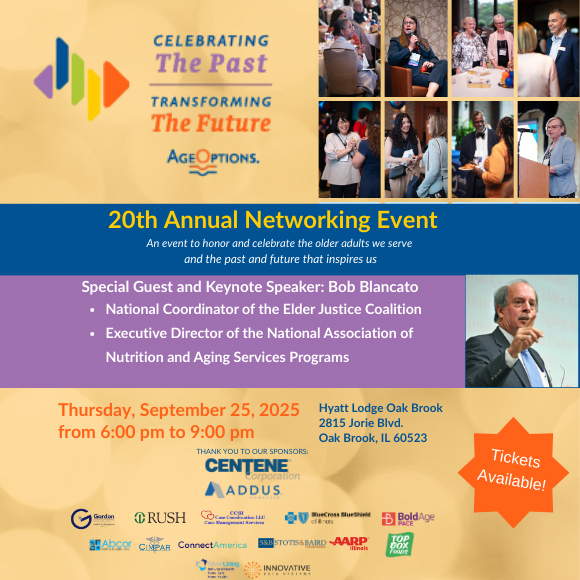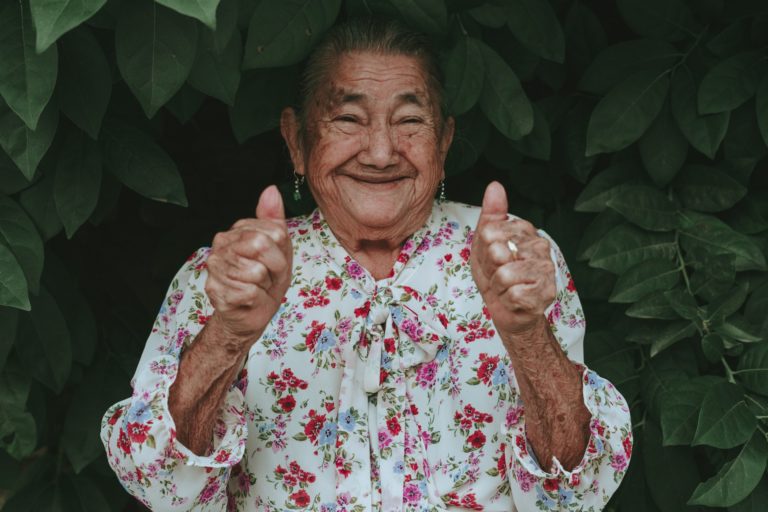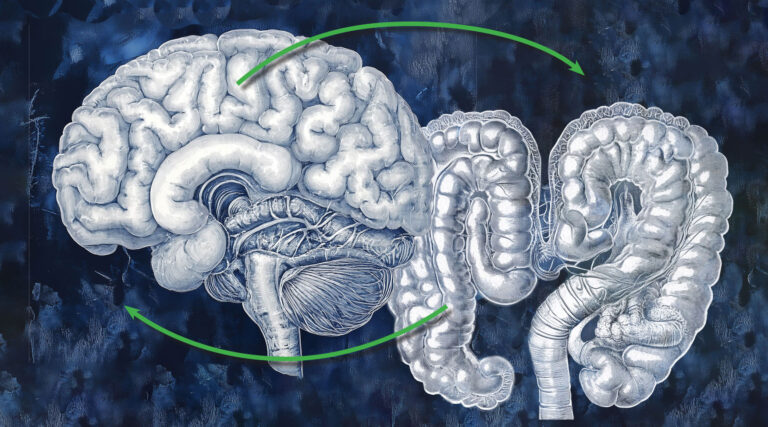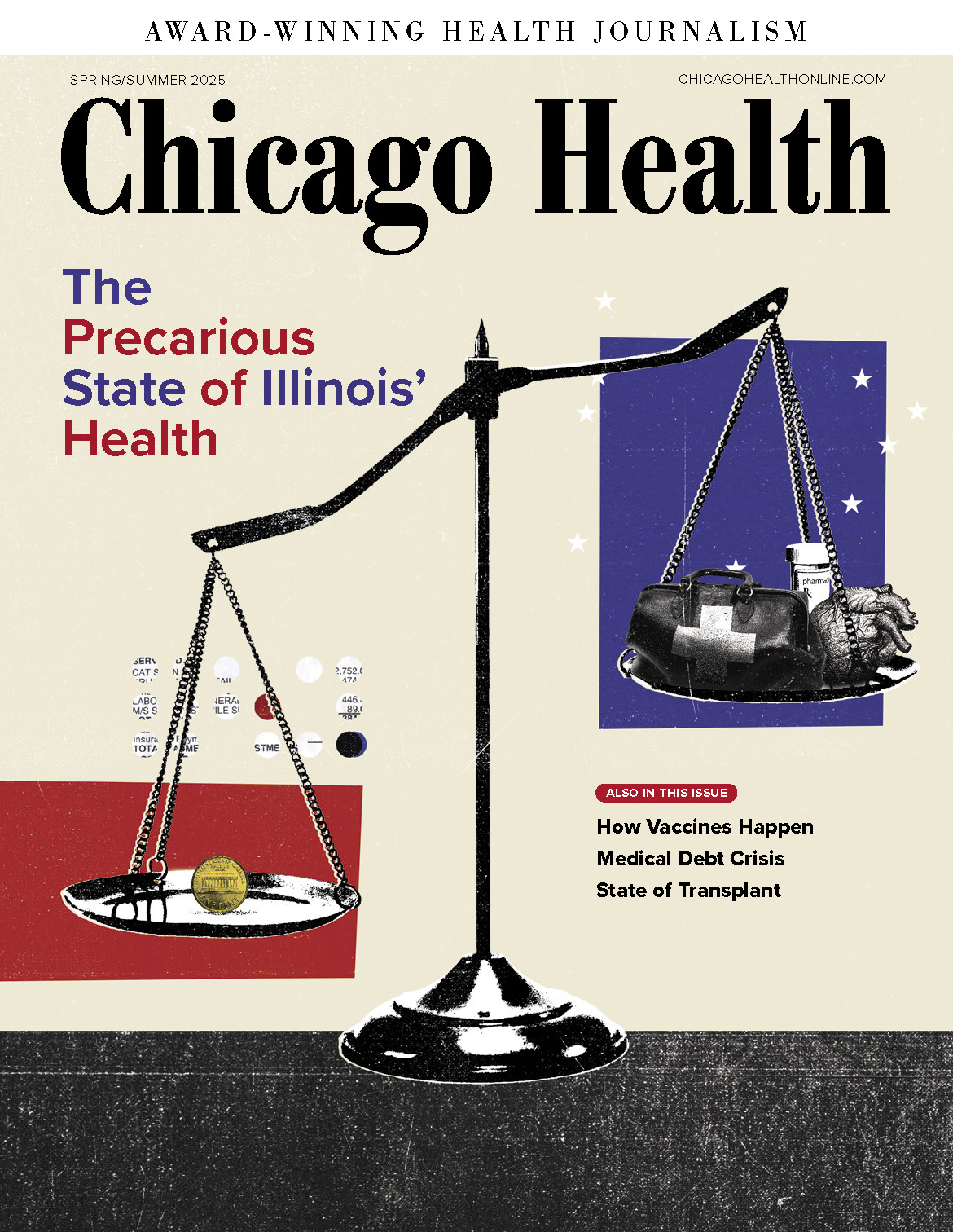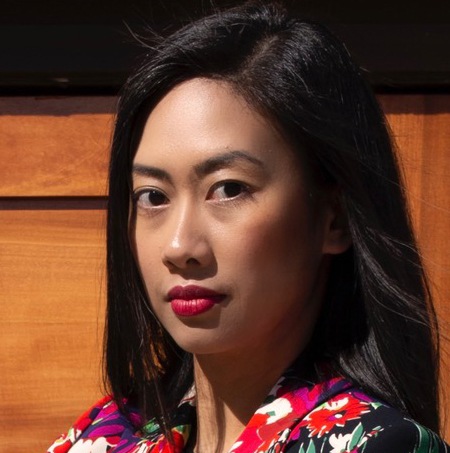
Janis is the founder of a content writing and marketing creation house, specializing in the art of words and marketing management.
What to look out for and how to support caregivers at risk of isolation
![]()
Fact checked by Jim Lacy
The tragic deaths of Oscar-winning actor Gene Hackman and his wife, classical pianist and businesswoman Betsy Arakawa, have left the nation with a sobering glimpse into caregiving’s silent strain. Autopsy reports show Arakawa, Hackman’s sole caregiver, died suddenly from a rare viral infection. Hackman, living with advanced Alzheimer’s disease, died days later.
The crucial truth: Caregivers are not invincible. Behind closed doors, they may struggle with impossible responsibilities alone, a shifting sense of identity, and the solitude that comes with all of it. If you’re close with a family caregiver, know the warning signs to watch for, and find out how you can offer support.
The weight of care
Unpaid caregivers come in many forms: family, friends, or neighbors; and for many reasons: love, financial needs, or even cultural expectations. Yet, as caregivers juggle competing demands, they risk fading from their own lives.
AgeOptions, an area agency on aging for suburban Cook County, conducted a comprehensive needs assessment survey in 2024 to learn how to support unpaid caregivers better. The study found that nearly half of caregivers providing four or more hours of care per week experienced significant physical and emotional strain, while more than a third also reported caregiving-related financial stress.
Emotional weight cuts even deeper. One of the most profound impacts, identity discrepancy, involves unraveling who you are within a relationship as it shifts from connection to obligation. Diane Slezak, president and CEO of AgeOptions, says, “Identity discrepancy occurs when a familial or friendship bond shifts to becoming more of an obligation, like a job. When you begin to notice that shift, it can be a warning sign of depression and stress. This signals that a caregiver [should] consider placing their loved one in a facility.”
“The focus shifts into ‘I have to do this’ and not so much on ‘How can I take care of myself, too?”
Caregivers also tend to feel guilty for taking brief moments for self-care or social connection, intensifying their emotional strain and deepening their sense of isolation.
“It’s even tougher for those in the sandwich generation — people who are simultaneously caring for both children and aging parents,” Slezak says. “In our survey, 39% of respondents were juggling both, which only adds to the pressure.”
Cristina Diaz, community programs manager at AgeOptions, adds, “Typically, especially in cultural groups, caregiving is just something that is done, and it can be hard to identify as a caregiver. The focus shifts to ‘I have to do this’ and not so much on ‘How can I take care of myself, too?’”
An unnoticed toll
Caregivers can become deeply isolated over time without realizing it. “Even though they’re constantly around someone who needs them, their own needs are not being met,” says Beth Melewski, a licensed professional counselor at At Peace Therapy. With the focus always on the person they’re caring for, caregivers often have little space to process their own emotions, pursue hobbies, or maintain a social life, she adds. “Over time, they can feel like no one truly sees or hears them anymore.”
Melewski says she sees many caregivers enter counseling so entrenched in their routines that they no longer recognize what’s missing from their own lives. “Caregivers may convince themselves that they are the only person who can manage the person they’re caring for, which can lead to burnout and resentment of that person or the environment they’re in,” she says.
Warning signs that a caregiver may become dangerously isolated are not always obvious. “Caregivers can stop showing up to things they used to enjoy, seem distant, or emotionally checked out, or maybe they’re getting sick more often or looking run-down,” Melewski says. “Sometimes caregivers stop reaching out altogether, and their world grows smaller without others realizing.”
Caregivers also avoid seeking help due to pride, guilt, fear of judgment, and smothering expectations. “Caregivers may think that they should be able to do everything independently and beat themselves up when they are unable to. Others feel guilty about needing a break from someone they care about or fear being judged by people who don’t understand caregiving,” she says.
Frequently, the demands of caregiving provide few opportunities or little energy to interact with others.
Make the call
If you want to reach out to a caregiver you know but aren’t sure how to support them, start with a call or text. Check in, let them know you’re there, and just listen. These connections can serve dual purposes: letting the person know you’re available and care, as well as paving a path toward in-person hangouts (if possible).
You can also check out the growing network of community programs and resources designed to ease caregivers’ burdens and prioritize their well-being. Search online for caregiver resource centers local to the caregiver you know, and share the information you find with the person.
Many organizations use tailored assessments to identify caregivers’ sources of stress and match them with the right interventions, including individualized support, respite care, stress management programs, education, and peer support groups.
Diaz says online resources are key, too. There are digital learning platforms, webinars, virtual support groups, and podcasts, which caregivers can access anytime, Diaz says.
Arakawa, in taking care of Hackman, likely wasn’t accessing such resources, at least not in their final months. And while the general public may never know the exact events before Hackman’s and Arakawa’s deaths, one truth is clear: Countless caregivers navigate a quiet crisis — but they don’t have to.


